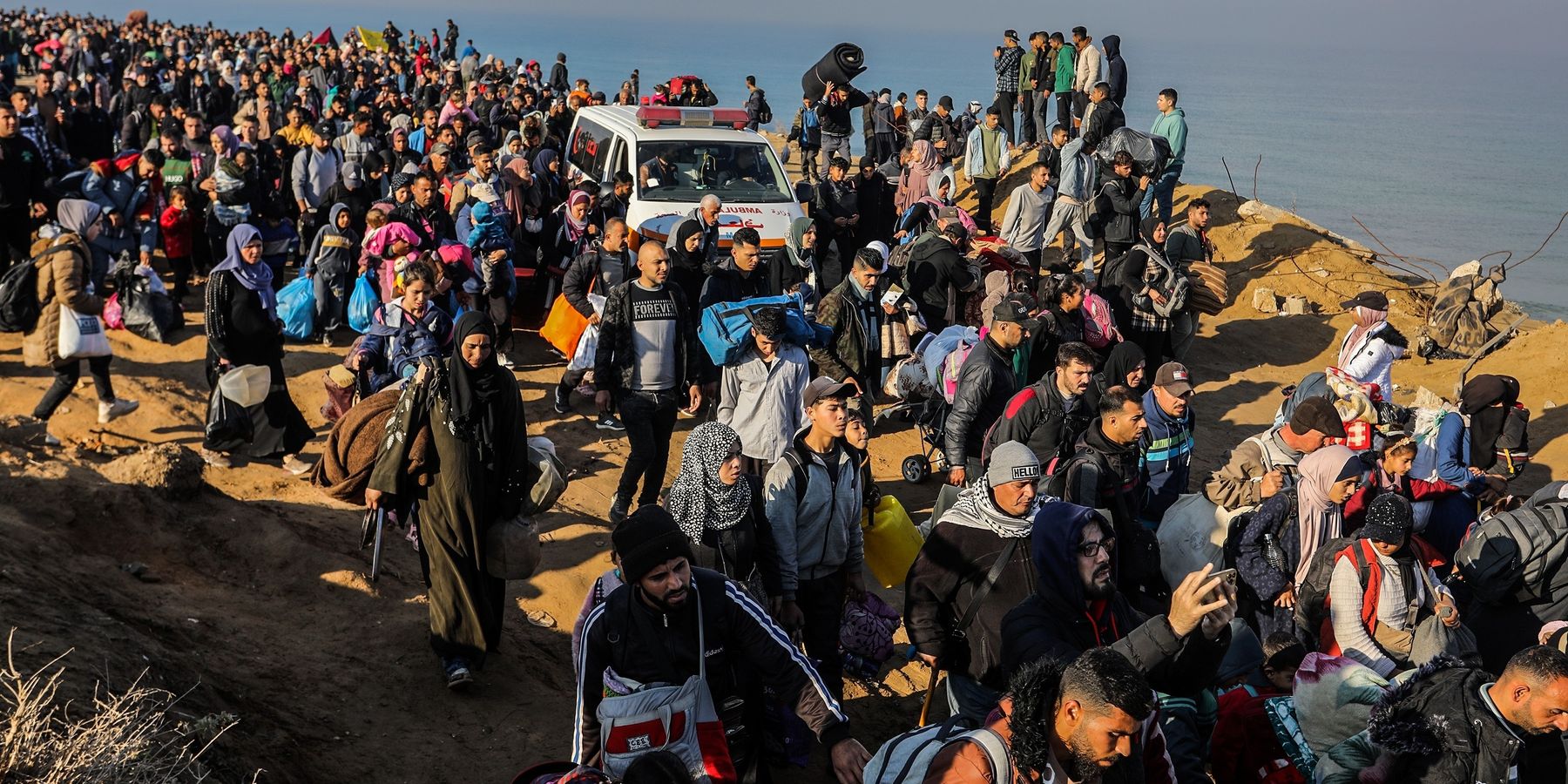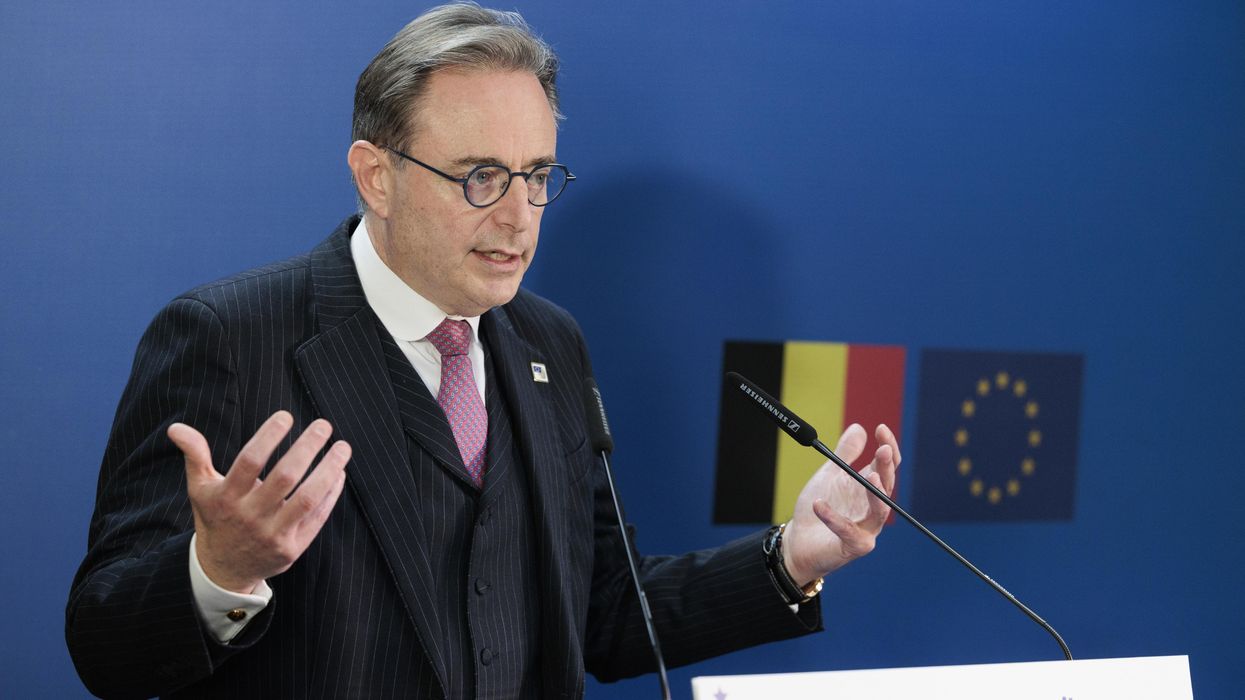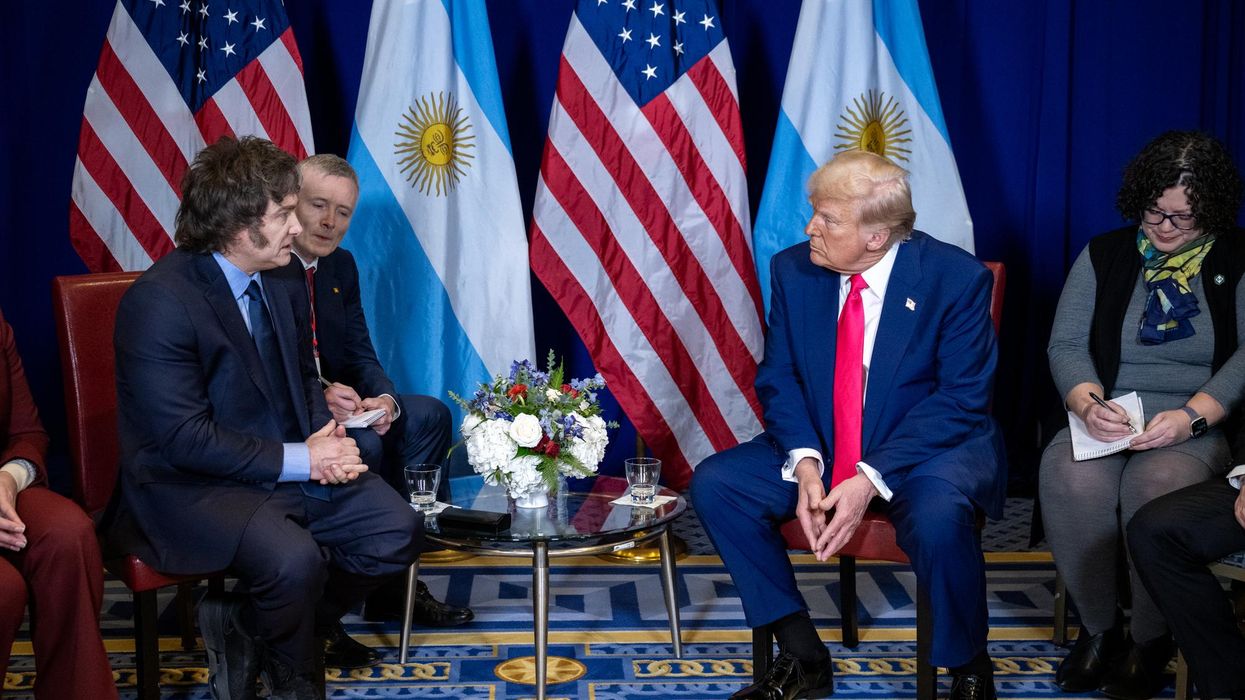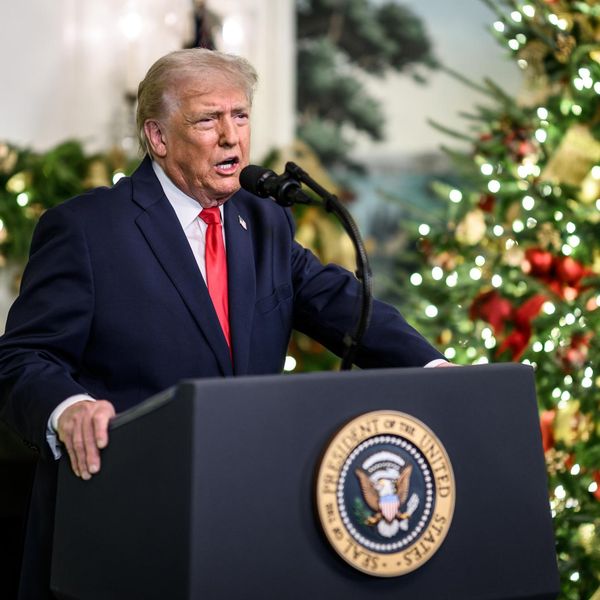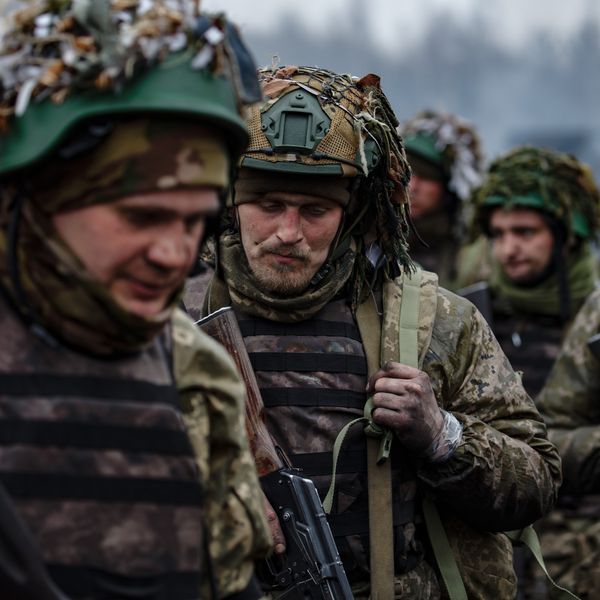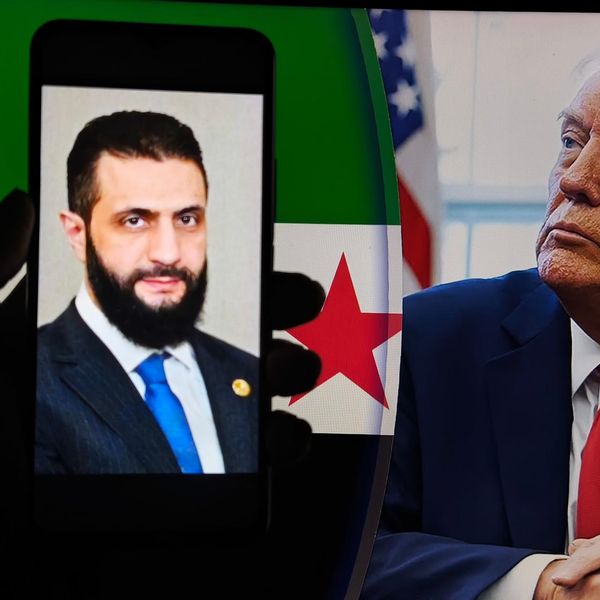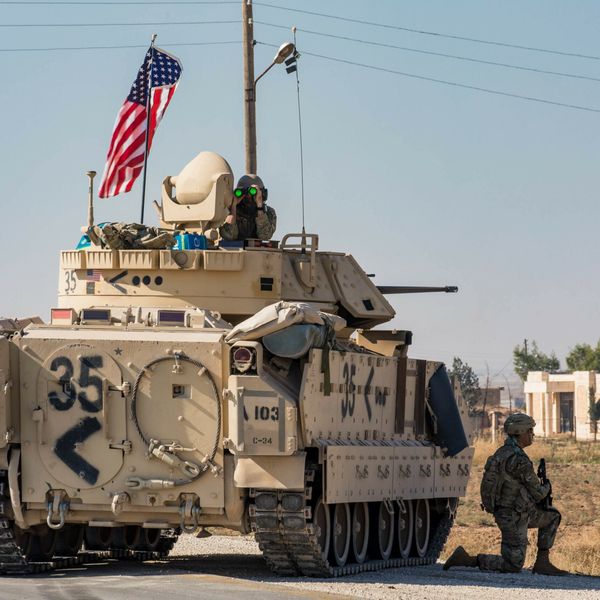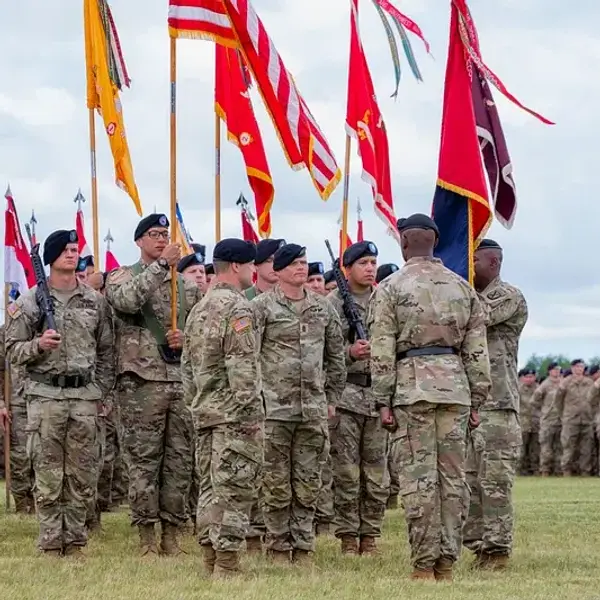A former CIA officer who once headed American schemes to train right wing contras in Nicaragua in the 1980s has been working with the Israelis to hatch a new aid organization, call it "independent," and proceed to deploy it on the starving Gaza population with the assistance of foreign entities and U.S. security contractors, according to new reports.
To say something stinks here is an understatement. After the New York Times got a whiff and started writing about how the idea came together shortly after the Oct. 7, 2023 Hamas attacks on Israel, and that it was the brain child of IDF officials, Israeli tech entrepreneurs, and ex-COGAT (state aid coordinators) and one Israel-American venture capitalist, the CEO of the mysterious "Gaza Humanitarian Organization" quit last night.
CEO Jack Wood is a retired U.S. Marine who was on board to lead the fundraising for this effort. Upon his resignation he said in a statement: “It is clear that it is not possible to implement this plan while also strictly adhering to the humanitarian principles of humanity, neutrality, impartiality, and independence, which I will not abandon.”
This sets back plans by ex-CIA officer Phillip F. Reilly, who the NYT describes:
As a young C.I.A. operative in the 1980s, Mr. Reilly had helped to train the Contras, right-wing militias fighting Nicaragua’s Marxist government, according to a 2022 podcast interview. Two decades later, he was one of the first U.S. agents to land in Afghanistan after the Sept. 11 attacks, according to the interview. He became the C.I.A. station chief in Kabul, then left to work as a private security expert for groups including Orbis, a Virginia-based consulting firm.
Reilly had engineered the procurement of Safe Reach Solutions, another mysterious U.S. private security firm that has been operating in the Gaza strip since early this year and my colleague Stavroula Pabst has written about for RS given the risks of having private American boots on the ground — for both the local population, and the "boots." The arrangement brings the U.S. closer than ever to the fighting there and in a split second could draw Washington into the conflict directly. It is not clear what Reilly's role is in UG Solutions, the other firm mentioned in past reports, but the New York Times mentions another U.S. based entity, G.H.F. under his purview.
What makes it even more suspicious is Wood told NYT (before his resignation) that these security companies work at "arms length" from the Gaza Humanitarian Foundation (by the way there are two of the same name registered, one in the Delaware and the other in Switzerland). But an American lawyer, James Cundiff, registered both Safe Reach Solutions and the Delaware-based foundation and had been serving as a spokesperson for both. Confused yet?
All of this seeming skullduggery belies the fact that no real aid is getting to the civilians of Gaza, that the illegal siege of the population persists, and any idea that a new system will open up assistance this week is likely to be another gambit to force Gazans from their homes, particularly in the north (expulsion) under the auspices of humanitarianism.
- Israel to use US military contractors in new Gaza aid scheme ›
- American security contractors walking thin line in Gaza ›
- US contractors lose control, cause meltdown at new aid center in Gaza | Responsible Statecraft ›
- Is the US now funding the bloodbath at Gaza aid centers? | Responsible Statecraft ›
- Will contractor disgust bring down Israel's 'hunger games' in Gaza? | Responsible Statecraft ›

